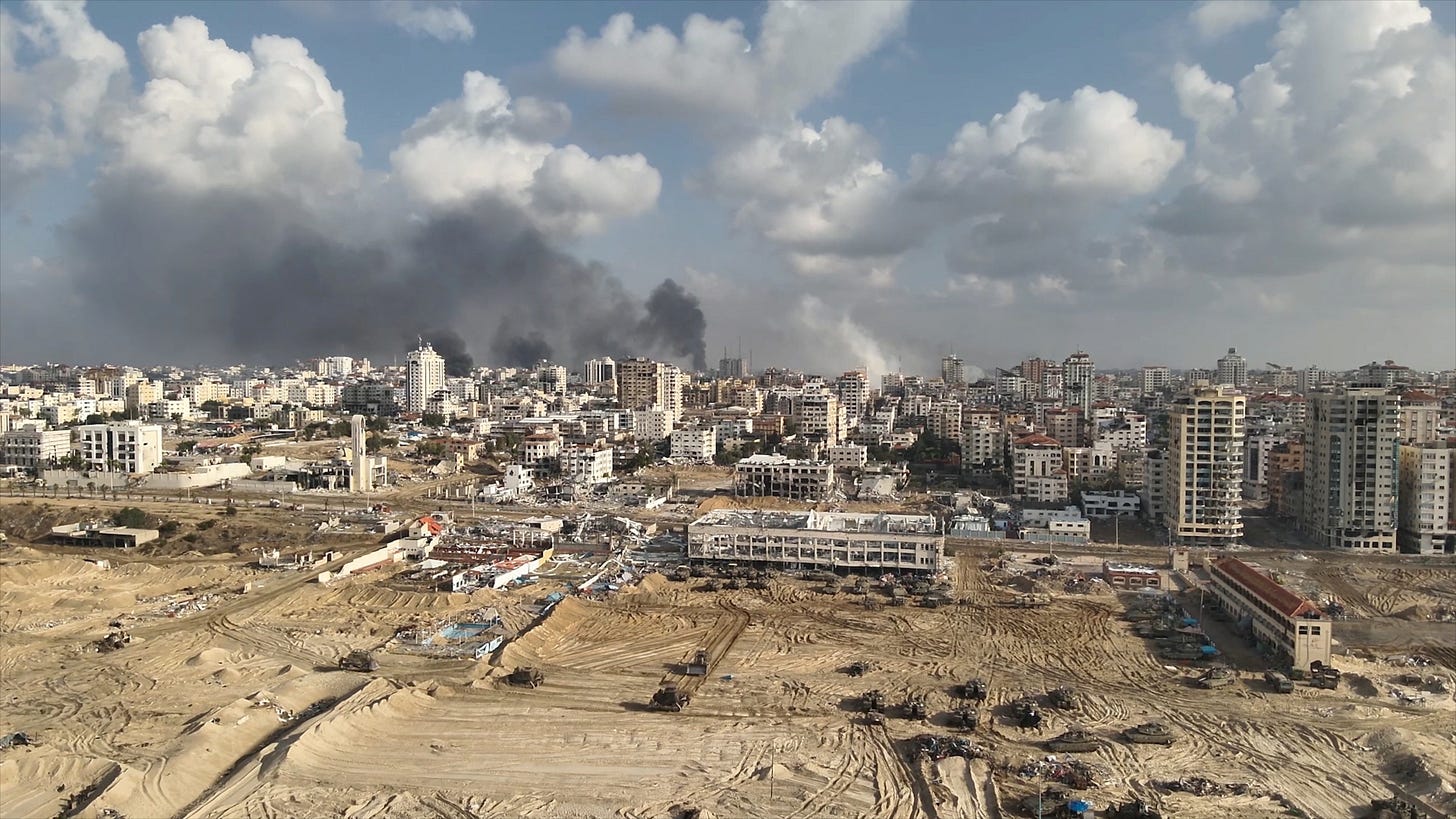Israeli Troops Ran Over Unexploded Bomb, Blamed Hamas, Then Carpet Bombed Gaza
The USA's failure to deny reports show the truth of October 19

By Dominick Skinner | 21 October 2025
By the time the first explosion shattered what was left of Gaza’s night sky on October 19, the ceasefire signed between Israel and Hamas was already an illusion. There had been forty-seven recorded violations by Isr…
Keep reading with a 7-day free trial
Subscribe to Crust News to keep reading this post and get 7 days of free access to the full post archives.


